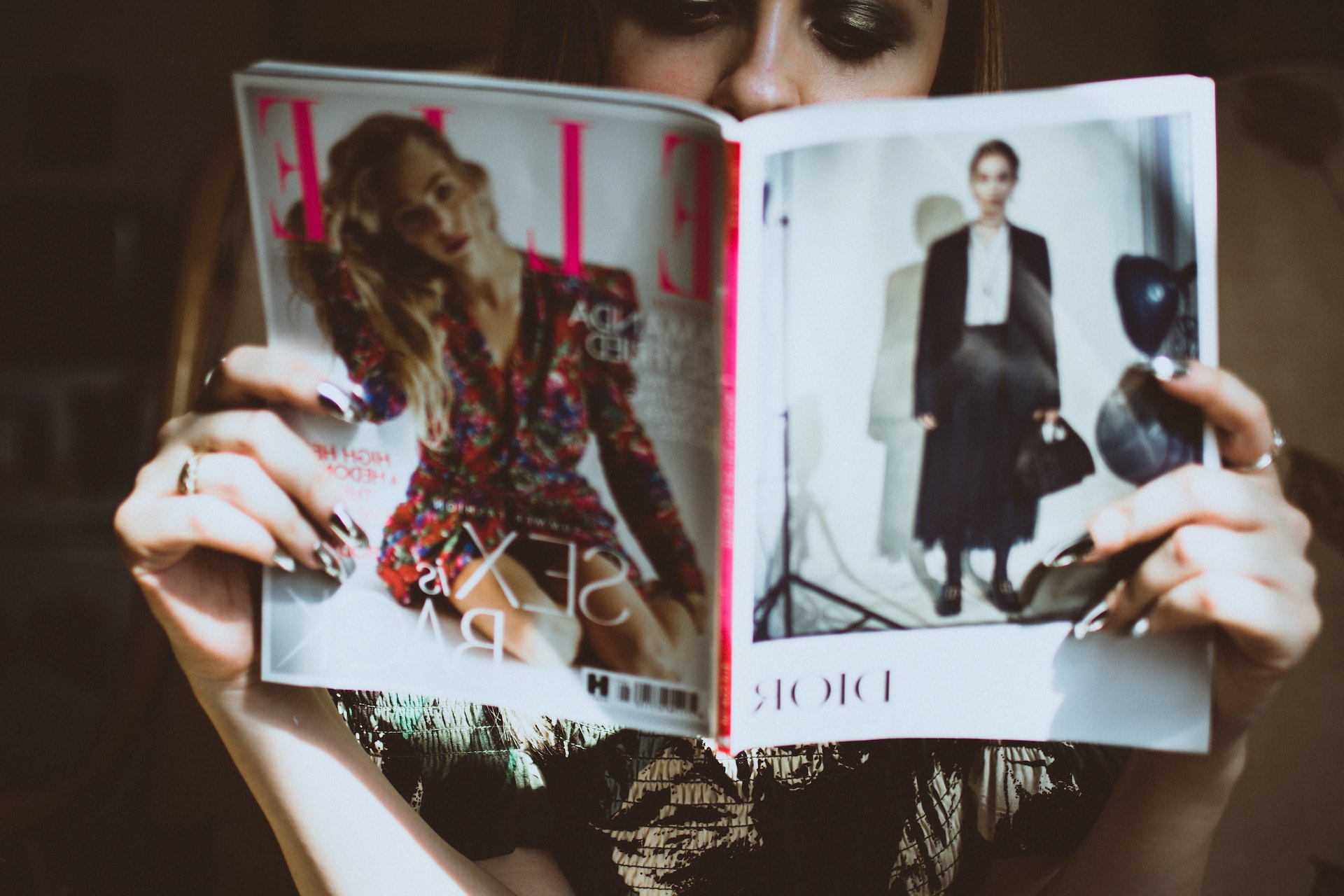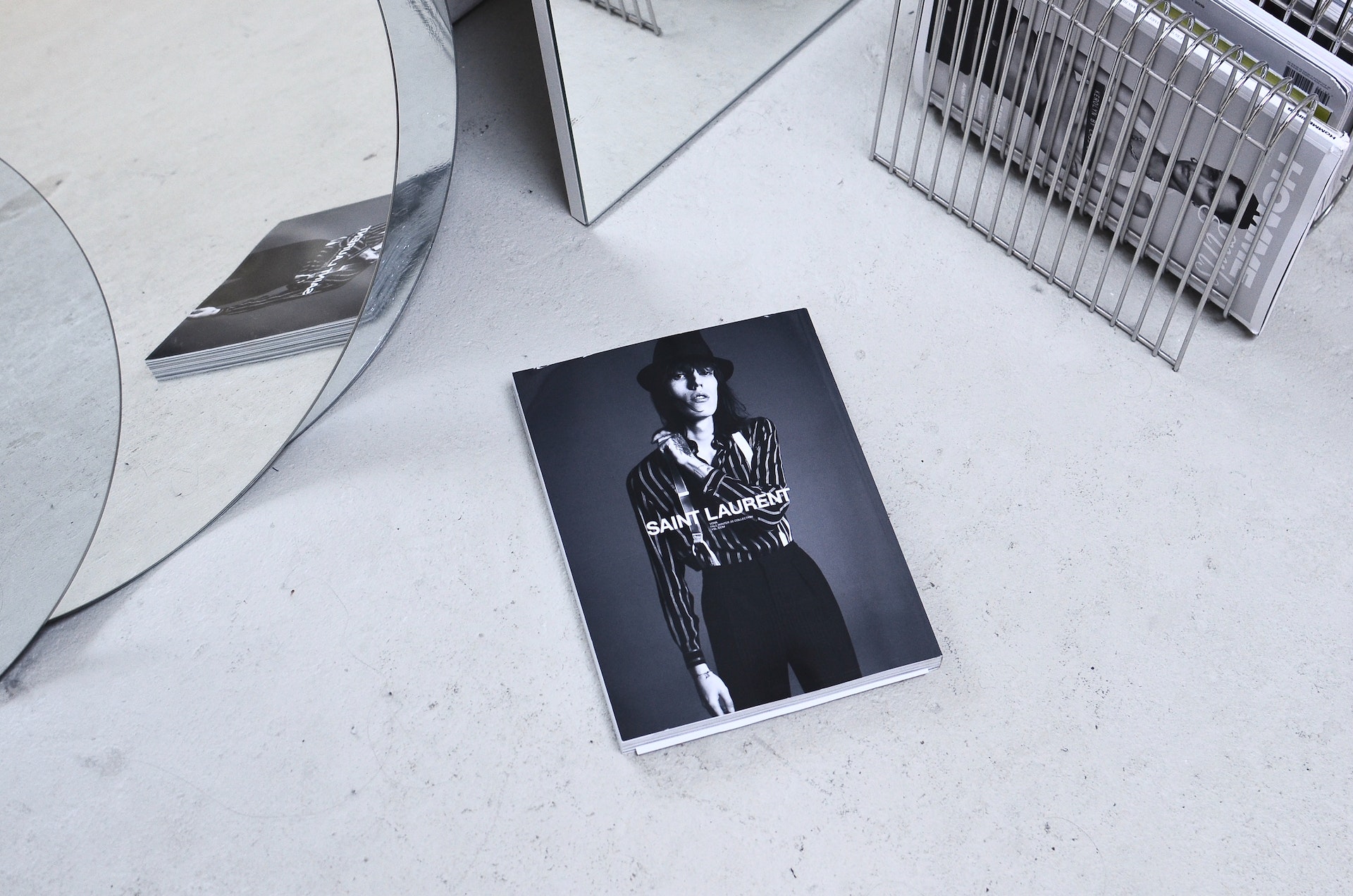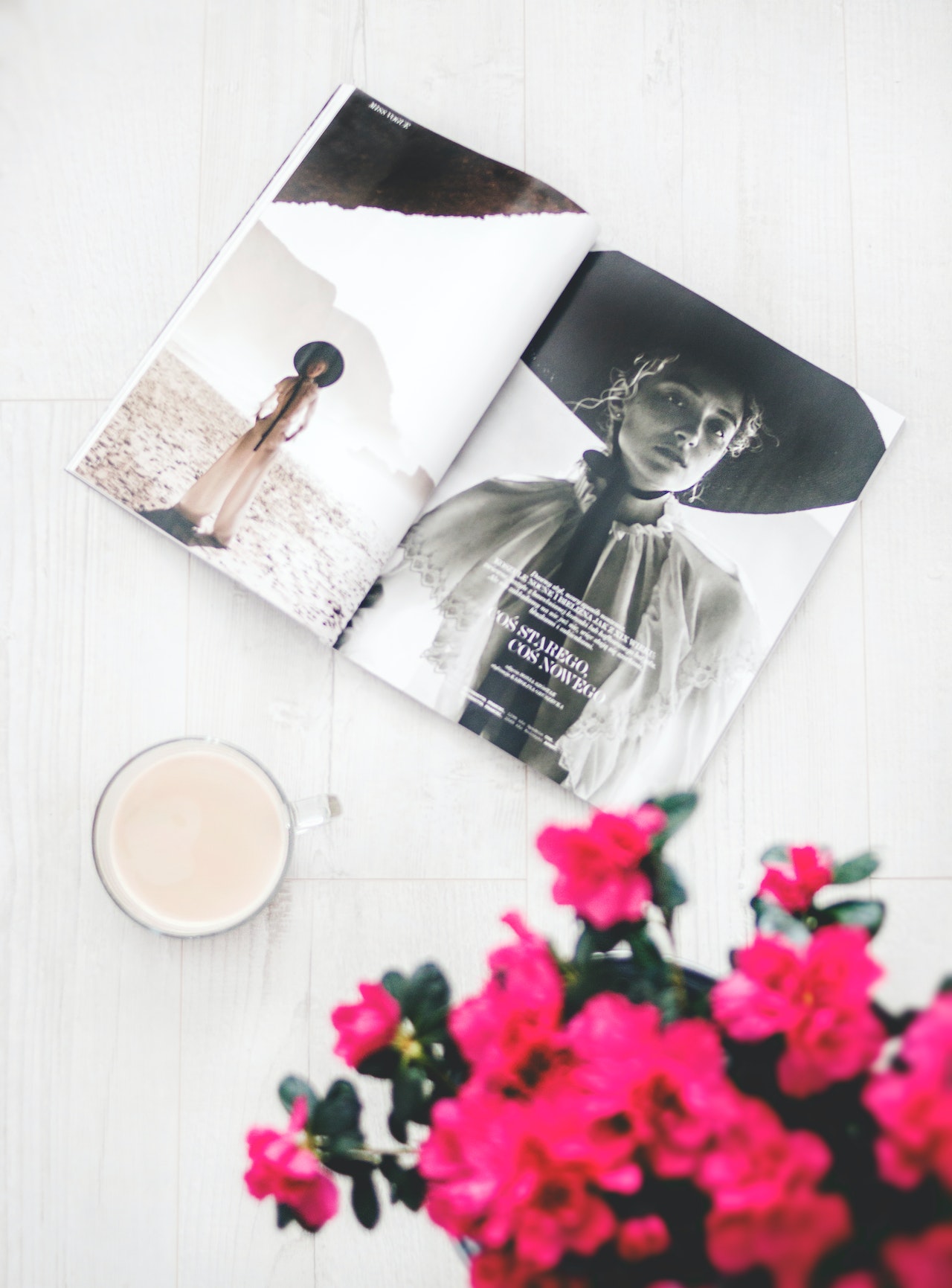The History Of Fashion Magazines
The fashion industry cannot function without fashion magazines. They serve as a vehicle for promoting and communicating the design's intent to potential customers. The present periodical market is diverse because of the balancing of priorities.
Author:James DavisDec 16, 202274.7K Shares1.3M Views

The fashion industry cannot function without fashion magazines. They serve as a vehicle for promoting and communicating the design's intent to potential customers. The present periodical market is diverse because of the balancing of priorities.
Early Fashion Magazines
Early periodical literature had no mention of fashion, unless it was used to describe a way of life or as a synonym for vanity. However, the father of modern fashion reporting, Donneau de Visé, published Le Mercure galant, a ladies magazine, in 1678, which included an illustrated account of French designs as well as the names of suppliers.
Afterward, fashion newsdid not frequently return in periodical writing until the popular ladies' handbooks and diaries were introduced in the middle of the eighteenth century.
Such coverage of the well-known Lady's Magazine (1770–1832) was reportedly introduced in response to reader demands, in addition to the polite poems, music, and fiction that other journals were already providing to their middle-class readers.
Fashion Magazines In Europe During 19th Century
By the close of the eighteenth century, a number of publications serving a wealthy, aspirational culture had joined Lady's Magazine.
The Frankfurt Journal der Luxus and the Moden (1786–1827) and Ackermann's Repository of the Arts, Literature, Commerce, Fashion, and Politics (1809–1828), both of which catered to general readers as well as women, both reflect the high level of interest in fashion at the time.
Despite the continental wars, French style was important and found its way into most English publications. Townsend's Quarterly (later Monthly) Selection of Parisian Costumes (1825–1888), which featured finely rendered unattributed images and sparse commentary, was very well-liked by dressmakers.
The journals were typically high-quality, lavishly illustrated, and expensive; however, uncolored versions were less expensive. Between 1810 and 1820, Mary Anne Bell, who was also the owner of a clothing store, edited John Bell's La belle assemblée (1806–1821).
Dressmaker's credits are uncommon, maybe because fashion businesses relied on exclusivity and personal recommendations.
By the middle of the nineteenth century, the magazine had benefited from advances in printing techniques, decreased paper costs, and less taxation, much like other forms of popular literature.
The number of readers had grown, as had literacy rates. Fashion for all ages and types was typically covered in the many new titles published for the women's market. The Englishwoman's Domestic Magazine by Samuel Beeton (1852–1877) published 60,000 copies in 1861, while Godey's Lady's Book (1830–1897) published 150,000.
Although advertising money increased, journalistic freedom was rarely compromised. Innovation was crucial for increasing circulation, and Godey and Beeton both offered a shoppingfacility and new paper design options to the magazine's existing selection.
Current fashion news was crucial, and fashion plates and needlework designs came directly from sources in Paris, though they were frequently altered in America for domestic use.
Women who were only beginning to establish themselves in the newspaper industry frequently wrote the comprehensive, informative articles that were characteristic of the "new journalism." By the turn of the century, Godey, the Demorest publications (1860–1999), The Queen (about the 1860s), and Myra's Journal of Dressand Fashion all had female editors (1875–1922).
This kind of mid-market magazine, which provided entertaining and helpful advice for the typical family, had a long existence before lately falling out of favor. Shop publications and catalogs were its main rivals.
The Avant-garde Press Of The Early 20th Century
The fact that a men's fashion newspaper was included is a testament to their vision. Monsieur (1920–1922) was a total departure from the tailoring periodicals' formulaic structure and industry speak. Esquire (1933–), known as the male equivalent of Vogue and Harper's Bazaar, modernized the male fashion image by emphasizing a balance between attire and way of life, but it wasn't until then that it caught on.
When Condé Nast Publications acquired Vogue in 1909, high fashion was reimagined for the American market. His publishing career had demonstrated that a wealthy and aspirational American culture needed useful fashion advice and access to Paris. Early 2000s Vogue coverage is international, and foreign editions choose what is fashionable and marketable on their own.
Condé Nast meticulously controlled the quality and service he thought were promised to his readers up to his death in 1942. The management of a high-caliber fashion publication in the twentieth century is explained by the Vogue archives. The authors, editors, designers, photographers, and artists who have contributed to Vogue over the years have also added a lot of important knowledge.
As the pace of fashion quickened, innovations at Women's Wear Daily (WWD), which the Fairchild family had bought in 1909 as a traditional trade weekly for the apparel industry, sparked the fashion publication scene.
Post-War American Fashion Magazines
The company's offspring, W (1972–), was created by the founder's son, John Fairchild, to have "the speed of a newspaper... with the sharp design of a fashion magazine," and critically, its future was dependent on advertising.
There was fierce competition for news "scoops." Princess Elizabeth's wedding dress was designed by Voguein 1947; Princess Margaret's by WWD in 1960; and the Best-Dressed List is published annually.
It was the responsibility of the fashion editor to strike a balance between the public's acceptance of a change in fashion and the assessment of that change. When magazines and the general public backed Dior's New Look in 1947 despite trade and government opposition, it was a testament to both
The traditional magazine, which depends more and more on advertising, faces difficulties if fashion deviates from accepted patterns. A premium, full-color journal often has a two-month "lead-in" period, which is too long for the speed of street fashion and its high-spending, youthful, and stylish customers.
This readership wasn't specifically addressed until 1976, when Terry Jones, a former Vogue employee, created the U.K. magazine i-D with an unplanned, fanzine-like aesthetic.
Its original slogan, "It's not what you wear, it's how you wear it," had limited appeal for the apparel industry, but in the early 2000s, it found its niche market and became the model "young fashion" magazine.
People Also Ask
What Is The Largest Fashion Magazine?
With 45 editions published worldwide and 46 regional websites, Elle is regarded as the biggest fashion publication in the world. It has 21 million readers and 100 million unique visitors per month. Most of the people who read it are women.
What Are The Big 4 Vogue Magazines?
The four most famous Vogue magazines American Vogue, British Vogue, Vogue France, and Vogue Italia are referred to as The Big Four, or simply The Big 4. This phrase is often used when a model appears on all four covers of a magazine. It is considered one of the greatest achievements in the fashion industry.
Which Is Better Elle Or Vogue?
While Elle is more modern and entertainment-focused, Vouge is undoubtedly older and famous for its artsy, high-fashion fantasy on its fashion spread.
Their target markets are also distinct; whereas Elle focuses on a young, active audience, Vogue is known for appealing to high society.
Conclusion
Despite the abundance of fashion magazines currently on the market, it's likely that the daily news(Like the media in KickerDaily), well-known lifestyle and celebrity magazines, television, and the Internet are where most people get their fashion fix.
Given the pressures of advertising and the sheer number of clothing options in a wealthy society, it is not surprising that these popular magazines judge celebrities not by how much they spend on their clothes but by how they wear them.

James Davis
Author
James Davis keeps you updated daily with the best shopping tricks, hacks, and frugal living tips that you won’t find anywhere else. He also talks and writes about creative ways to save money, job opportunities like clever ways to make money from home, great jobs for teens, and online jobs that pay well.
James also enjoys working on Social Media campaigns for major brands. He believes in creating a personal relationship between the brand and its consumers. He is very much into taking the corporate out of the brand and bringing it down to the level where consumers can feel comfortable interacting and taking the brand seriously.
Latest Articles
Popular Articles

